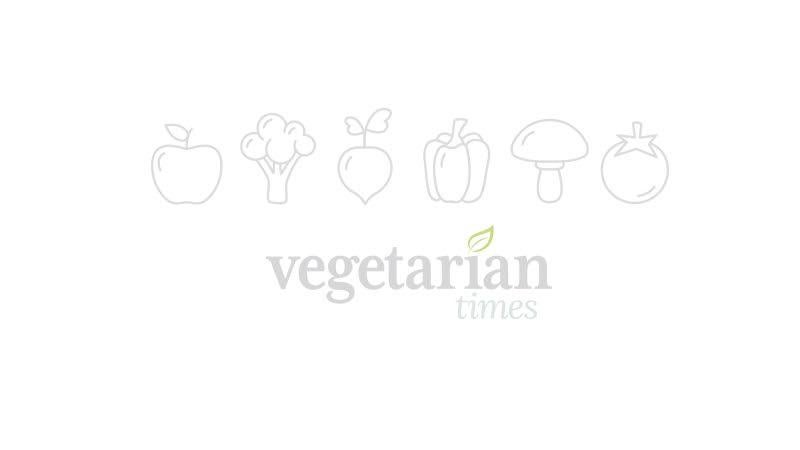The Silk Road

Persia’s Culinary Crossroads
The Silk Road: The name itself calls to mind images of endless camel caravans—heavy with spices, incense, ivory, jade and silk as valuable as gold—plodding past the vast and deadly expanses of the most forbidding deserts known to man. A windswept path that stretches not only across much of the world but through time itself, the Silk Road links us—through romantic names like Kublai Khan and Marco Polo—to dynasties and civilizations that have turned to sand and dust but, in their influence on cooking the world over, refuse to disappear.
Traders and travelers, no matter how hardy, must have food, so the ancient network of camel routes from China to the Mediterranean countries transported culinary ideas as well as goods. The caravans carried food—for the travelers and also for trade at their destinations—and time-honored ways of preparing it.
These foods and methods of preparation came together in ancient Persia, at the very center of the Silk Road, a point of intersection not only between East and West but also between the ancient and medieval worlds—and our own modern world today.
Although Persian cooking may seem exotic to Westerners, its presence is felt today in kitchens across America. When we cook with oranges, pistachios, spinach or saffron, we use foods that originated in the region around Persia, now called Iran, although the two names are often used interchangeably.
When we use basil, cilantro, cumin and caraway, we are drawing on a millennia-old tradition of meatless cooking adopted by Persians from the empires of Sumeria, Babylon, Mesopotamia and Assyria. Babylonian tablets 4,000 years old record at least 20 kinds of cheese and 300 breads. They tell how Babylonian cooks dried grains, beans, dates, grapes and figs, and how they preserved foods in honey and flavored stews with garlic, leeks, mint and mustard.
The cuisine of Iran has undergone thousands of years of refinement but has never lost touch with its roots. The home of many common herbs, Persia was also the source of sweet and sour sauces, stuffed grape leaves, pastries and noodles. It seems quite possible—historians debate the point—that pasta itself originated in Persia, not in China or Italy.
In today’s Iran, the food served in restaurants is often but a small sampling of the dishes enjoyed in native homes, which suggests how rich and varied this cuisine is. When most Westerners think of Iranian cookery, they think of meat kabobs. But for centuries, Persians have eaten meat sparingly, if at all. At home, they prepare a wide variety of grains, vegetables and fruit dishes little known outside their own country.
Persians’ early religious influences encouraged vegetarianism, but so did economic hardship. Few villagers and even fewer nomads could afford meat or fancy foods of any kind, so simplicity ruled. The herbs and spices that first brought traders along the Silk Road centuries before Marco Polo set out from his native Venice made the humblest fare flavorful. Vegetables were fried in olive oil or ghee (clarified butter), or were stewed, baked, stuffed, pickled or eaten raw.
Most vegetables common in Iranian cooking are readily available in American supermarkets today, and Persian meals, arrayed on serve-yourself buffets, are masterpieces of simplicity—and contain a wide range of grain, vegetable and fruit dishes.
Directly on the table or on a sofreh—a cotton cover embroidered with prayers and poems usually spread over a Persian carpet on the floor—there will always be bread, cheese, raw vegetables, nuts, fresh herbs, bowls of yogurt and raw or sautéed vegetable mixtures called borani. There are blends of vinegar or lime juice and vegetables (torshi-e hazeri), egg and vegetable frittatas (kuku), soups (ash), and rice topped with vegetable and fruit braises (khoresh). Desserts include pastries and puddings (shirini), seasonal fruits such as melon, even bowls of cooked beans, nuts, raisins, pickles and honey, all served with a sweet drink called sharbat.
A simple, everyday dish is bread and cheese—called nan-o panir-o sabzi khordan—which consists of a slice of warm flatbread and a thin slice of crispy Persian cucumber. This is sprinkled with coarse salt, topped with a slice of goat cheese and a piece of toasted walnut and garnished with a handful of aromatic fresh herbs. Combined with fruit, the bread and cheese serves as a whole meal for many Iranians. For the more affluent, it is an accompaniment to a more elaborate, multi-course meal and serves as a treat when unexpected guests or family members drop in. One rule, however: People serve themselves and eat the food in no particular order of courses.
Instead of saying “Bon appétit,” say “nush-e jan,” or “food of life.” Happy cooking, Persian style.